
Real-Life Vampires: Who Are They?

Real-Life Vampires: Who Are They?
By Ki Mae Heussner
ABC News.com, October 31 2008
c/o Internation Upire News
With their cloaks aflutter and their fangs flickering in the moonlight, thousands of vampires will take to the streets tonight. Along with masquerading witches and warlocks, they’ll knock on doors, nosh away at bite-size candy bars or guzzle a beer or two at a friend’s party. But Anshar Seraphim, 28, doesn’t have any special Halloween plans and has no intention of throwing on a plastic Dracula suit. Maybe it’s because dressing like a vampire one day a year isn’t anything special when it’s who you believe you are for all 365 of them. “My personal belief: Vampirism is an inexplicable part of science that we don’t understand yet,” Seraphim said. “I don’t know if the things that cause it to exist are chemical. When we associate ourselves with the word ‘vampire,’ we’re describing the relationship that we have with the people around us.” As fictional or mythological characters — from Bram Stoker’s count “Dracula” to Anne Rice’s Louis to HBO’s new cast of bewitching “True Blood” suckers — society accepts and sometimes celebrates the vampire. But for many people, such as Seraphim, vampirism isn’t just a literary genre. It’s an identity and a lifestyle. Yes, blood-drinking and all. And though it may sound incredulous, some experts say that there’s a little bit of a vampire in all of us
The Vampire Metaphor
“The vampire image is sexy because it’s a trespass,” said Katherine Ramsland, a forensic psychologist and author of “Science of Vampires.” “It’s not just kissing, it’s biting … the vampire has the ability to make you want it, even though you’re frightened of it.” Cultures all over the world, she said, in some way or another, recognize the life force-sucking character. The “vampire metaphor” most common in the United States is derived from the Romanian Dracula, she said. But in other cultures, vampires are only female or only go after children. Others emerge only after a suicide, rather than after a vampire’s bite.
Despite the different ways the metaphor is manifested, certain elements undergird it, regardless of where it appears, she said. “Whatever comes and depletes you is a vampiric image,” Ramsland said. “It’s not always blood. It’s a human metaphor, a representation of a human dread that’s both frightening and exciting.” Attracted to this powerful and sexy image, she said, legions of people around the world have formed subcultures that reflect various parts of the vampire identity. But there is a continuum of responses to the vampire metaphor that draws in members of this subculture, she said. For some, it’s merely an outlet for creativity and having fun. For others, it seeds a belief that they need the blood or energy of another person or animal to subsist. Unfortunately, in very rare cases, she said, it gives structure to paranoia and delusion. Regardless of how it’s manifested, however, it’s a very powerful metaphor, she said. “People can participate in whatever way they want to,” Ramsland said. “Some of us are more the blood drinkers or the victim or the hunter. All of us participate in the metaphor in some manner. … It allows for so much elasticity.”
Coming Out of the Coffin
Why the Desire for Blood?
Some vampires cite the so-called Renfield’s syndrome, a condition used to describe an obsession to drink blood. (Renfield is the name of the fly-eating character in Bram Stoker’s “Dracula.”) But this condition is not recognized in medical literature and is rejected by medical doctors, psychiatrists and psychologists. “First of all, it absolutely, 100 percent should be discouraged by everybody. The safety issues are gargantuan,” said Keith-Thomas Ayoob, an associate professor at the Albert Einstein College of Medicine in New York City. There’s an enormous risk of contracting blood-borne diseases, he said. Underscoring the dearth of evidence for Renfield’s syndrome, author Ramsland said she knows the clinical psychologist who made up the term as a joke. But in very rare cases, she said, people suffer from clinical vampirism, which is the psychotic delusion that you need blood to survive. Convinced that they need to drink blood, she said, some people cut their own arteries or have killed loved ones. This condition, she emphasized, is very different from forming a persona around a vampire and participating in a subculture that celebrates it. Merticus, a 30-year-old “hybrid” vampire who is also a member of the invitation-only service group Voices of the Vampire Community, said he feeds on both energy and blood, adding that his primary feeding method is pranic and tantric-sexual, meaning that he feeds on sexual energy and arousal. The Atlanta-based antique dealer chose not to disclose his legal name to ABCNews.com. Although the precise reason for craving blood is unclear, vampires “cannot adequately sustain their own physical, mental or spiritual well-being without the taking of blood or vital life force energy from other sources, often human,” he told ABCNews.com. Sanguine vampires feed by drinking human or animal blood but vary in their experience of blood-hunger, he said. They typically consume an ounce or less of blood at a time, usually no more than once a week. When blood is from human sources, he said, it is consensual and facilitated through verbal or written contracts between vampires and donors. “The vampire-donor relationship is one of mutual respect and gratification,” he said. “We make every effort to educate ourselves on safe feeding methods, basic anatomy and physiology, first aid, sterilization, disease prevention, and safer sex practices,” he told ABCNews.com. “We thoroughly screen donors for both physical and mental health conditions and concerns, as well as advocate [for] frequent updates in testing.” They don’t feed from those who are knowingly infected with HIV, hepatitis or other blood-borne diseases, he said. And they avoid those whose physical conditions place them at risk of harm by sanguine or pranic feeding.
The Blood Bond
Although the desire to “possess” a person by drawing their blood can indicate insecurity, he said, the sign of blood means protection, too. Vampirism certainly comes with extremes, Stern cautioned. But given the elements of vampirelike rituals embraced by cultures all over the world, he said, somewhat tongue-in-cheek, “it’s hard to separate out ‘vampire.’ It sounds great on Halloween, [but] everybody’s slightly a vampire.”
By Ki Mae Heussner
ABC News.com, October 31 2008
Download PDF of International Upire News vol. 3 October 2008 here: International Upire News Oct 2008
![]()

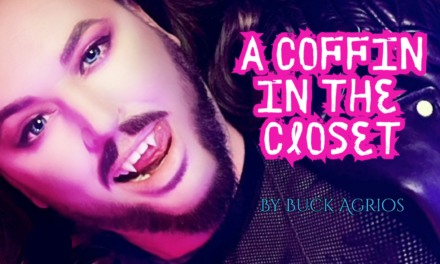



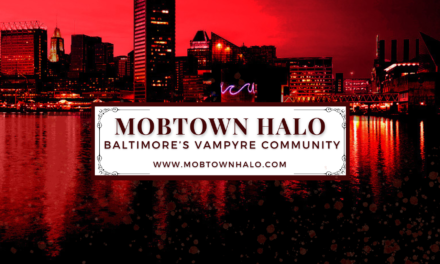
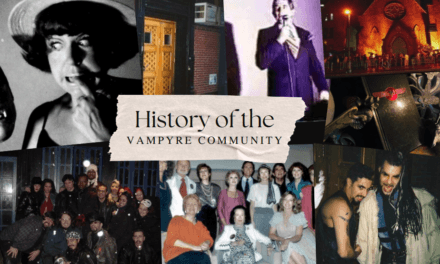
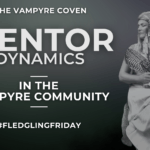



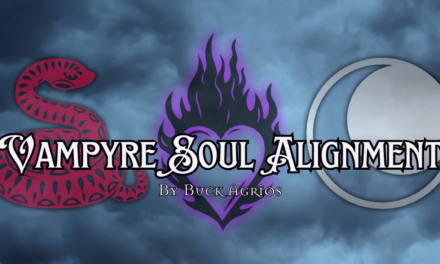
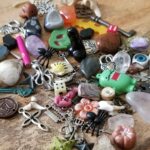
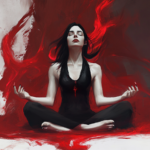

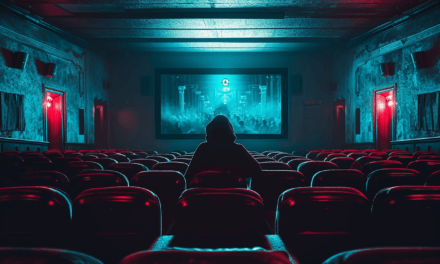
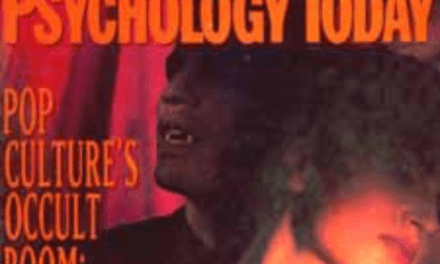
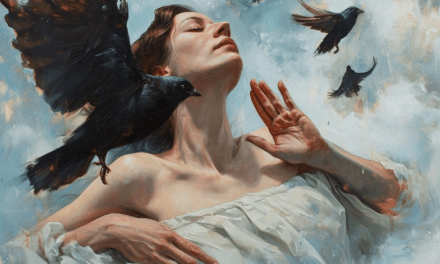



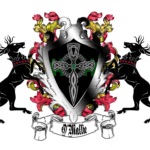



Recent Comments